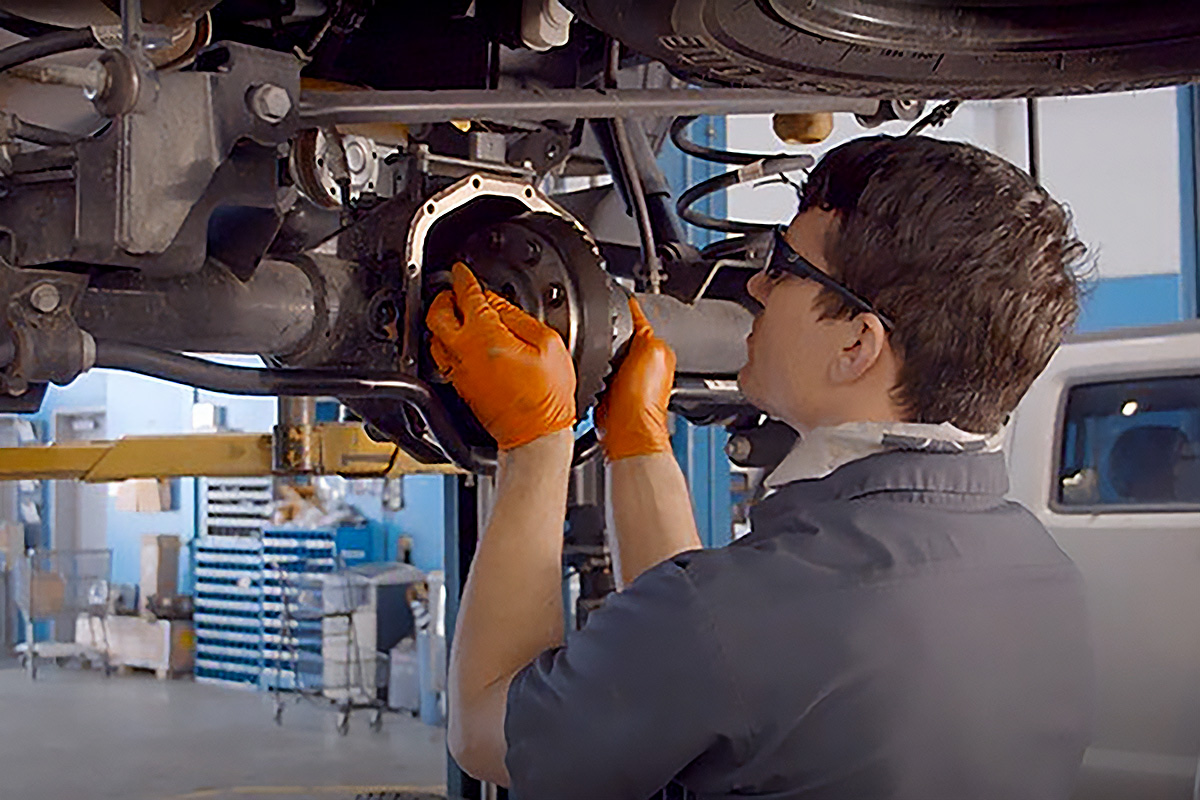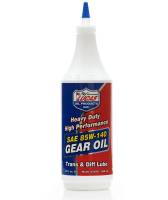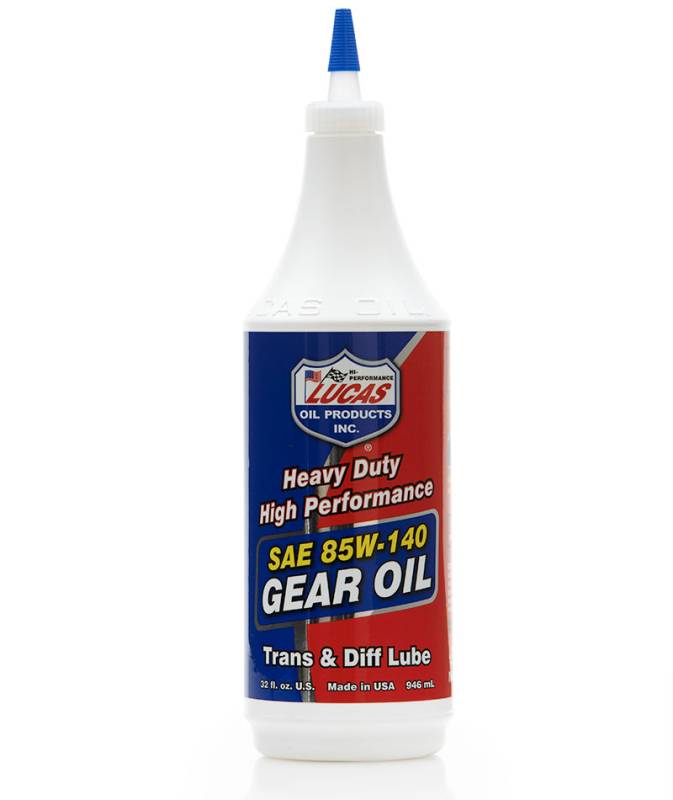Table of Contents
Proper break-in procedures for new gear sets are crucial for ensuring their longevity and functionality. Neglecting these guidelines can lead to overheating, excessive wear, and ultimately, failure of the ring and pinion, which can void your warranty. This guide will provide you with comprehensive guidelines to follow for a successful gear break-in process.
Video: Watch our detailed demonstration of proper gear break-in procedures
Why Proper Break-In is Important
New gear sets must be broken in correctly to prevent damage. Improper break-in can cause:
- Overloading: Excessive pressure can lead to gear failure.
- Overheating: High temperatures can break down gear oil, reducing its effectiveness.
- Warranty Voiding: Signs of improper break-in during inspection will void the warranty.

Proper maintenance is essential for differential longevity. Pictured: Differential during maintenance inspection.
Recommended Break-In Procedures
To ensure your new gear sets perform optimally and last a long time, follow these recommended break-in procedures:
1. Use High-Quality Gear Oils
Always opt for high-quality gear oils for your differential. The right oil is crucial for proper lubrication during the break-in process and will significantly impact the long-term performance of your gears.
Recommended Product:
At East Coast Gear Supply (ECGS), we recommend Lucas non-synthetic 85-140 gear oil. We recommend this oil be used throughout the life of your differential, not just during the initial break-in, regardless of the manufacturer's recommendations.
Shop NowUsing the correct gear oil from the start helps establish proper wear patterns and protects your investment during the critical break-in period.
2. Initial Run
- Drive Lightly: During the first 15 to 20 minutes of driving, keep acceleration gentle.
- Cooling Period: After the initial run, stop and allow the differential to cool completely for 20 to 25 minutes.
3. Heavy Loads and Speed Variations
- No Towing or Heavy Acceleration: For the first 500 miles, avoid towing and heavy acceleration.
- Vary Speeds: Every 5 to 10 minutes while driving on highways, vary your speed to ensure an even break-in process.
4. Conservative Driving
Limit your driving distance to no more than 50 miles at a time without allowing for a cool cycle. This conservative approach helps the gears settle in without excessive strain.
5. Change Gear Oil
After completing the initial break-in period, change the gear oil at 500 miles. It is normal for the oil to contain small metal particles and appear black. However, if you notice excessive metal in the gear oil, consult a qualified differential mechanic to assess the internal components.
Towing After Break-In
After completing the initial break-in, if you plan to tow, follow these steps for a safe towing experience:
- First Time Towing: Limit the load to a light weight for no more than 15 miles, then allow the differential to cool for 20 to 25 minutes.
- Repeat Procedure: Continue this light towing process for the first 45 miles to ensure a complete break-in of the gears when towing.
Important Reminders
Premature Overloading: Avoiding overloading is essential; doing so can lead to gear oil breakdown and result in ring and pinion failure, ultimately voiding your warranty.
For more information on gear oil recommendations and gear maintenance, visit our tech article online at East Coast Gear Supply.
By following these guidelines, you can ensure your new gear sets are properly broken in, providing you with enhanced performance and longevity for your vehicle. Don't take shortcuts—invest the time in proper maintenance for the best results!
Frequently Asked Questions (FAQs)
Contact Information
For further assistance or inquiries, you can reach us at:
East Coast Gear Supply
566 Airport Rd
Louisburg, NC27549
Phone: 919-672-2705
Website: www.EastCoastGearSupply.com




